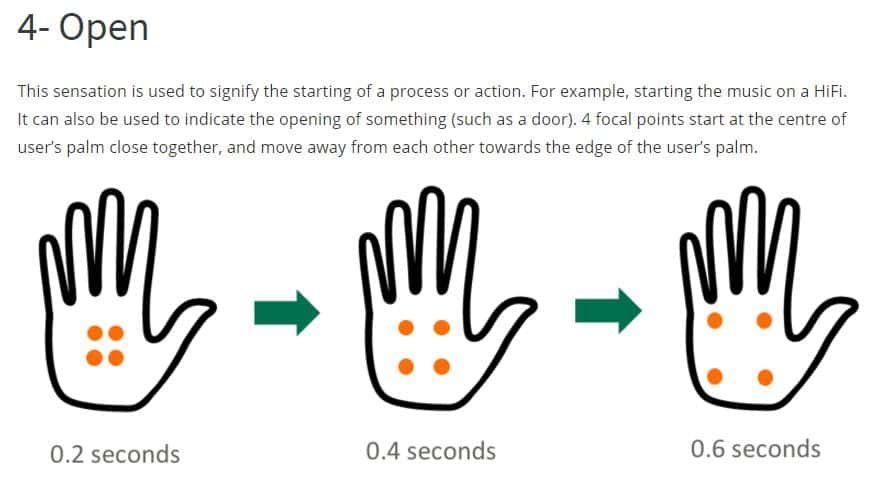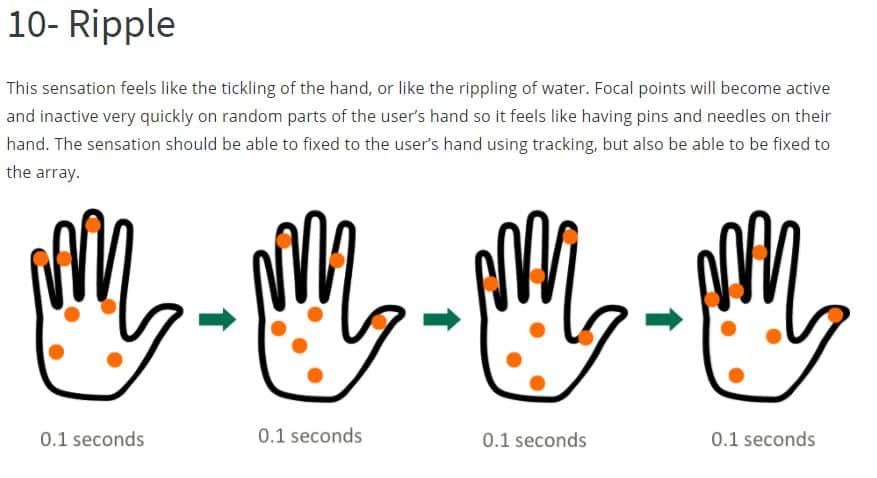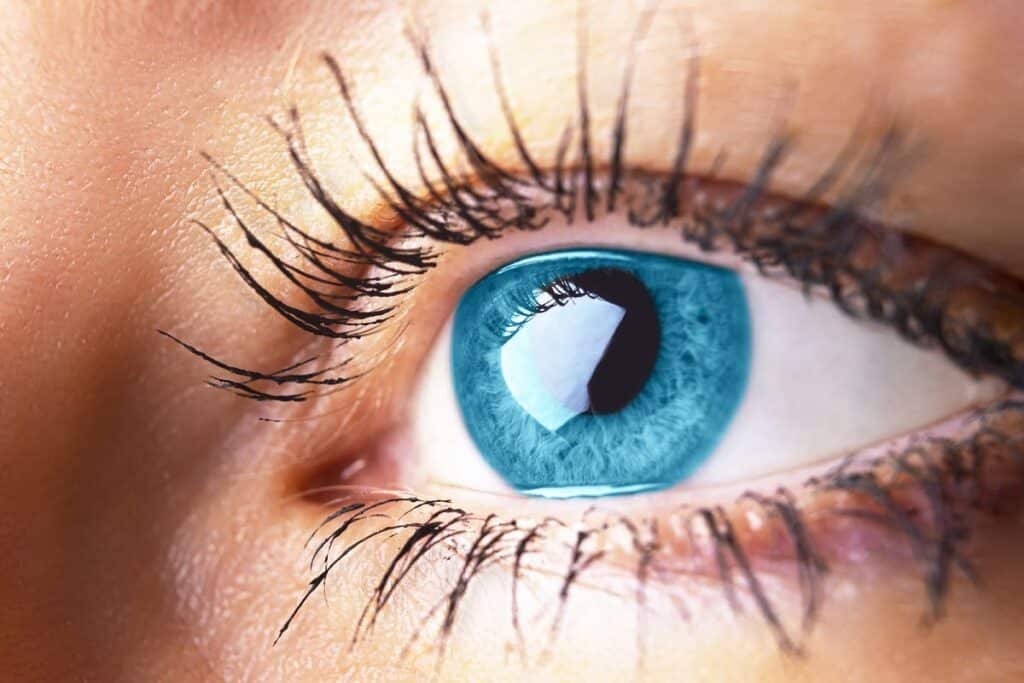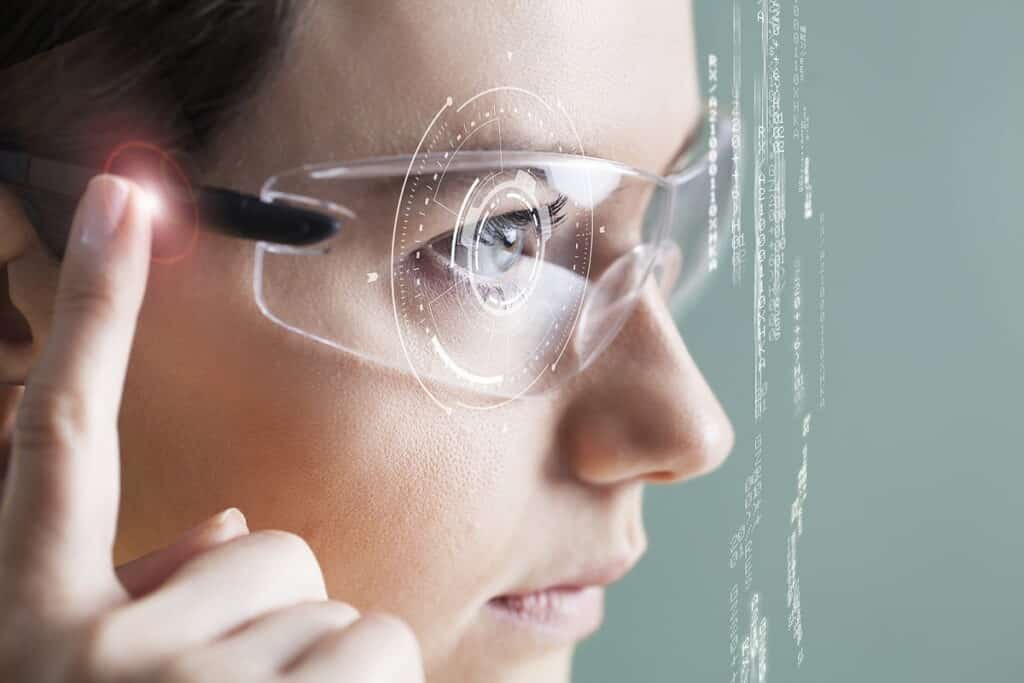Ultrahaptics – A Sense of Touch in Virtual Reality
Table of contents
Table of contents

While technologies like artificial intelligence (AI) may be at the height of “inflated expectations”, others like virtual reality (VR) have joined 3D printing to sit and sulk in the “trough of disillusionment” while waiting for commercialization to take hold. One of our MBAs whipped up this beauty over lunch which tells that story:

It’s not just expensive headsets that have kept people from adopting VR, it’s also sub-par content. We remarked about how lame it was to suggest that we spend our weekends throwing around a virtual frisbee at a virtual barbeque and shortly afterwards, the company which was offering up that groundbreaking experience, AltSpaceVR, closed their doors. While the shoddy business models continue to be weeded out, other companies see this quiet time as an opportunity to develop some seriously cool technologies.
The first time you use VR you’ll find it nearly impossible not to break out in a huge grin while you ooh and ah your way around a virtual world. The first instinct that most people have when entering a virtual world is that they try and touch things, just like children who first come across something they haven’t seen before. That ability to touch things in virtual reality is a critical step we need to take before we can create a truly realistic virtual world. One startup that’s tackling this challenge is Ultrahaptics.
Ultrahaptics
Founded in 2013, Bristol England startup Ultrahaptics has taken in nearly $40 million in funding so far to develop “invisible touchless interfaces”. What this means is that using this technology, you can touch virtual objects in mid air. This is made possible by the use of ultrasound that can project sensations through the air and directly onto the user. In order to understand how the technology works, let’s dig into the terminology a bit more.
Update 12/04/2018: Ultrahaptics just raised another $44.5 million in funding bring their total funding to almost $86 million U.S. greenbacks.
The term haptics refers to anything that communicates to you using your sense of touch. The simplest example might be that very small short vibration that you feel when typing on your smartphone. It’s your smartphone’s way of letting you know it’s picking up what you’re putting down. In this example, you’re actually touching a physical object. Now imagine that you’re in virtual reality. There’s a spider crawling on a table and suddenly jumps onto your hand. To your surprise, you can actually feel the spider crawling around on your hand. How can this be?
The answer lies in something called “ultrasound“. When you hear that word, you might think of a black and white image of a baby in its mother’s womb, something that’s called “obstetric ultrasound”. The word ultrasound refers to a particular range of high-frequency sound waves as seen below:
This range of sounds waves can be used for all kinds of stuff, like looking at your unborn baby. The way it works is that the sound waves actually bounce off of different types of tissues differently so you can use that information to create a real-time image. When it comes to using ultrasound to enable a sense of touch in virtual reality, Ultrahaptics describes the process as follows:
Ultrahaptics uses focused ultrasound technology to create an acoustic field that can be focused to create high pressure points, or what Ultrahaptics calls “control points”. Because the surface of the hand is not sensitive to a constant high pressure, these control points are modulated at a much lower frequency, that the ‘mechanoreceptors’ (the nerve endings in the skin) are sensitive to.
So just what can you feel exactly? According to an article by VentureBeat, the CTO of Ultrahaptics said:
We can create any type of vibration the hand is capable of feeling, from soft and gentle to a continuous smooth sensation to a Force-like lightning from Star Wars, with a crackling sensation of electricity in your hands. You can feel dry raindrops battering in your hands to a squishy foam.
Our MBAs were able to come up with at least two squishy things we’d like to feel in virtual reality, but the initial applications will probably be much less awe inspiring. In order to better understand how this might work for applications that are a bit less naughty than what our schoolboy minds can conjure, let’s take a look at a few sensations that are available today as part of the “first 10 sensation templates“. Here’s the “open sensation”:

How cool is that? The above diagram does a great job of explaining how this works and you can see how easy it is to use their “sensation editor” to modify that pattern. For “close”, just reverse the direction. You can easily see how any sensation can be created, like this one called Ripple:

In order for this technology to gain some traction, Ultrahaptics has made available a developer’s kit of sorts that can be used for creating your own sensations. For the small price of $20,000, you can join the many other companies that are developing this technology including 80% of all car manufacturers:

Apparently, you can also interface the technology with the Unity game engine so it shouldn’t be too much longer before we see this being deployed in some games. We have no idea how much the hardware will cost, or even if it will take that form when commercialized. It seems like this might be better integrated as part of a headset, but we just can’t visualize what that might look like given that you need an array like the below to make it work:

How can this possibly be applied such that everything you see in virtual reality can be touched? One way is for the hardware to expand from beyond a 4 square inch pad to an entire floor covered in an ultrasonic array. Then, you’d need to code your entire VR experience to include “touch” for all objects the user comes across. The effort to accomplish that seems massive, but it certainly paints a picture of what’s possible in the future. In the meantime, expect to see other applications for this technology outside of VR, such as in automobiles:

Conclusion
Given the war chest of patents that Ultrahaptics has assembled, the ease at which they’re raising cash, and the fact that they claim to have no direct competitors, it would seem like this startup has a bright future ahead of it.
Sign up to our newsletter to get more of our great research delivered straight to your inbox!
Nanalyze Weekly includes useful insights written by our team of underpaid MBAs, research on new disruptive technology stocks flying under the radar, and summaries of our recent research. Always 100% free.















